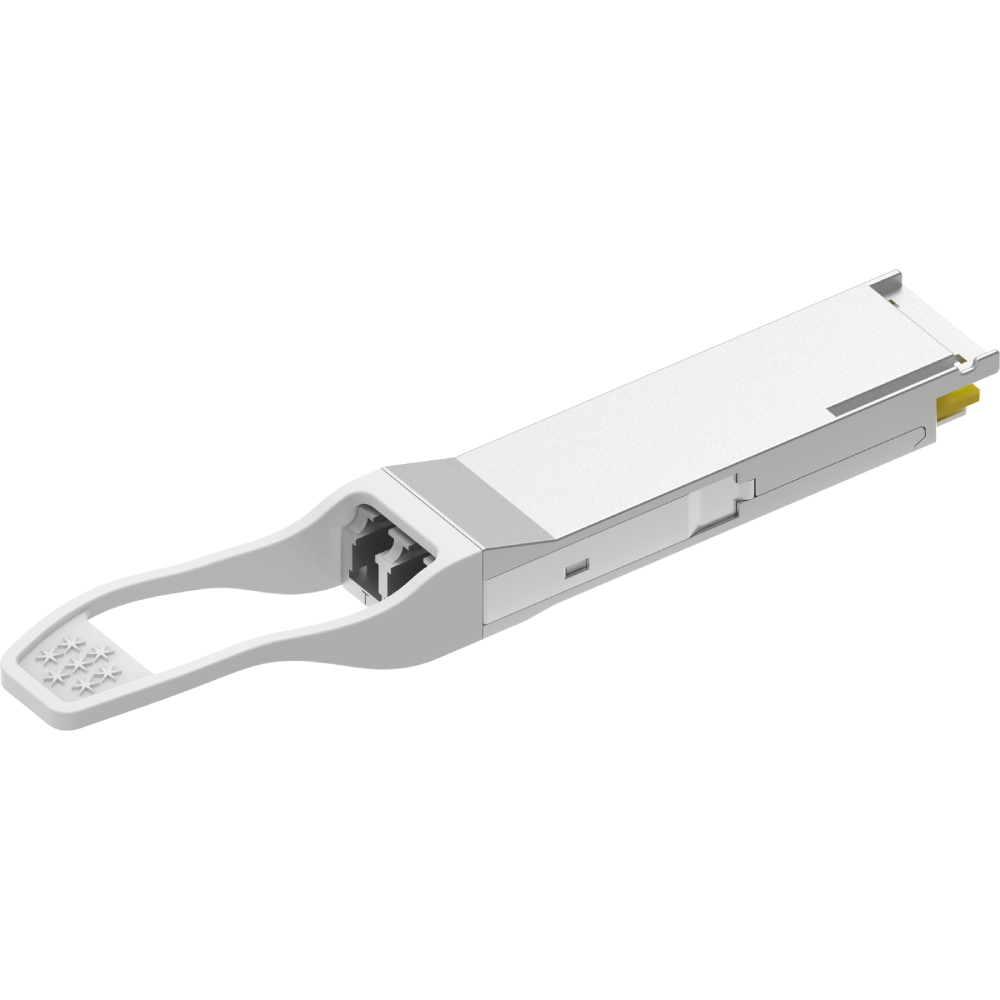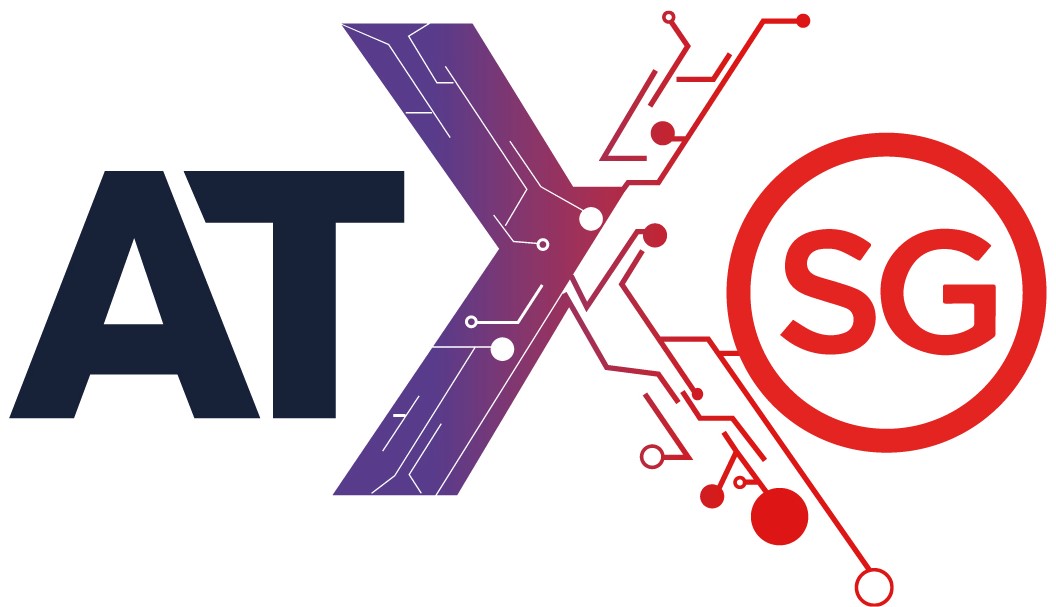O-Band: A Comprehensive 100G DWDM Solution
WDM, or Wavelength Division Multiplexing, represents a pioneering transmission technique that harnesses a solitary optical fiber to concurrently convey multiple optical signals, each distinguished by unique wavelengths, within optical fiber communication systems. These diverse wavelengths are systematically organized into distinct bands, adhering to the established ITU-T norms. In this context, single-mode fibers are categorized into six distinct bands: the O-band, E-band, S-band, C-band, L-band, and U-band, each serving a specific purpose within the transmission spectrum.

The O-BAND, often referred to as the Original Band, holds historical significance as the inaugural band introduced in the wavelength division multiplexing realm. Its prevalence is particularly evident in high-speed Ethernet transmission applications. The O-BAND’s distinctive feature lies in its utilization of quartz glass, a material characterized by a zero-dispersion wavelength. This unique property minimizes dispersion, facilitating high-speed optical transmission without the necessity for complex dispersion compensation mechanisms. Consequently, it presents compelling advantages in terms of reduced initial investment and operational expenses, translating into more cost-effective transceivers and lower power consumption.
The enduring longevity of the O-BAND in datacom and telecommunications applications stems primarily from its inherent zero-dispersion property. Chromatic dispersion, a phenomenon that distorts signals and restricts data rates at elevated transmission speeds (gigabytes per second, Gb/s), is effectively mitigated by the O-BAND. As a result, it eliminates the requirement and associated costs of dispersion management techniques, such as deploying digital signal processing (DSP) units. Consequently, the O-BAND is ideally positioned to cater to high-speed, cost-conscious, and high-volume markets. This strategic alignment not only contributes to the cost reduction of transceivers but also lowers operational expenses by minimizing power consumption.
The 100G PAM4 DWDM O-BAND solution is designed for customers requiring multiple 100G connections over medium length distances. Gigalight’s COLOR X-ray module uses the PAM4 DWDM1 O-BAND silicon optical platform, which can be used in 5G fronthaul applications. The transmission distance reaches 10km. With an external SOA, it can meet the single-span transmission of 30km.
100G QSFP28 DWDM1

- Adopting 100G PAM4 silicon photonic MZ modulation technology
- The electrical port side uses 4X 25G NRZ with built-in FEC-KP4
- DWDM O-BAND 150GHZ, 16 channels
- Meets 10km transmission
- With the addition of external SOA, it can meet the requirement of single-span transmission of 30km.
- Power consumption is expected to be less than 3.5W
- Applied to 5G fronthaul and DCI interconnection
Gigalight will continue to develop more non-coherent economical DWDM transmission solutions using silicon photonics and traditional technologies in 100G, 200G and 400G transmission networks, aiming to create a mid-to-long distance transmission market segment with COLOR X-ray transceiver non-coherent transceiver , and provide customers with simplified network deployment and expert-level low-cost interconnect solutions in this market segment.





